Home>Furniture>Kitchen Furniture>How Hot Are Stove Burners
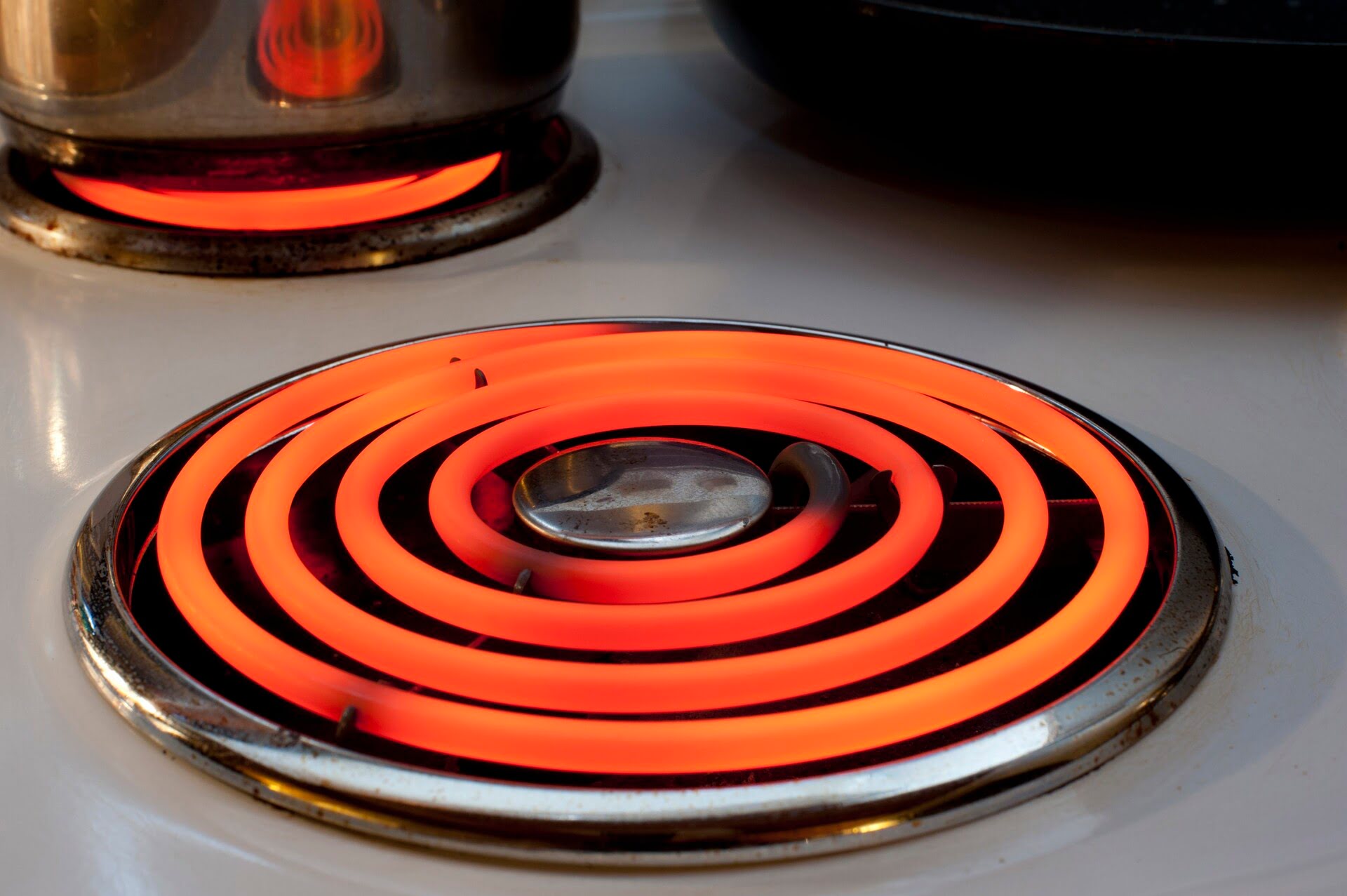

Kitchen Furniture
How Hot Are Stove Burners
Modified: January 19, 2024
Discover the best articles about how to hit stove burners and achieve optimal cooking results. Learn expert tips and techniques for a satisfying culinary experience.
(Many of the links in this article redirect to a specific reviewed product. Your purchase of these products through affiliate links helps to generate commission for Storables.com, at no extra cost. Learn more)
Introduction
When it comes to cooking, the stove burners play a crucial role in providing the necessary heat to prepare delicious meals. Whether you’re a culinary enthusiast or simply enjoy a home-cooked meal, understanding the inner workings of stove burners and how they affect your cooking experience can greatly enhance your skills in the kitchen.
In this article, we will explore the various factors that contribute to the heat output of stove burners, compare different types of burners, highlight the importance of burner size, provide tips for optimizing burner performance, and address common issues you may encounter.
By gaining a deeper understanding of stove burners, you’ll be better equipped to make informed decisions when purchasing a new stove or troubleshooting any issues you may encounter. So, let’s dive in and unlock the secrets of stove burners!
Key Takeaways:
- Master the art of cooking by understanding stove burners, optimizing performance, and addressing common issues for efficient heat distribution and precise temperature control.
- Choose the right stove burner size, match cookware to burner size, and keep burners clean to achieve consistent, efficient, and delicious cooking results.
Read more: How Hot Do Natural Gas Stove Burners Get
Understanding Stove Burners
Stove burners are the key components of a stove that generate heat for cooking. They are typically made of metal and are designed to distribute heat evenly across the cooking surface. The heat is produced through the combustion of fuel, which can be either gas or electricity.
Gas burners are the most commonly used type of stove burners. They use natural gas or propane as fuel and have a series of small holes or jets that release the gas. When the gas is ignited, it produces a flame that provides the heat needed for cooking. Gas burners offer precise temperature control and quick heating, making them a favorite among professional chefs and cooking enthusiasts.
Electric burners, on the other hand, use electrical energy to generate heat. They consist of a coil or solid disk that heats up when an electric current passes through it. Electric burners are commonly found in older stoves or in places where gas connections are not available. While they may not offer the same level of precision and speed as gas burners, they are still capable of providing adequate heat for cooking.
One important aspect to consider when it comes to stove burners is the BTU (British Thermal Unit) rating. The BTU rating indicates the heat output of the burner. Higher BTU ratings indicate more powerful burners that can heat food faster and perform tasks such as boiling water more efficiently. However, it’s important to note that higher BTU ratings may also result in higher energy consumption, so it’s important to strike a balance based on your cooking needs and energy efficiency goals.
Another key element in understanding stove burners is the concept of burner configuration. There are typically two types of burner configurations: open burners and sealed burners. Open burners, as the name suggests, have an exposed flame, allowing the heat to be directly applied to the cookware. Sealed burners, on the other hand, have a glass or metal cover over the flame, which helps distribute the heat more evenly and makes cleaning easier.
Now that we’ve covered the basics of stove burners, let’s explore the various factors that can affect their heat output and performance.
Factors Affecting Heat Output
The heat output of stove burners can be influenced by several factors. Understanding these factors can help you optimize your cooking experience and achieve the desired results. Here are some key factors that can affect the heat output of stove burners:
- Type of Fuel: The type of fuel used in the stove burner can greatly impact its heat output. Gas burners tend to provide more immediate and precise heat control, allowing for rapid adjustments in temperature. Electric burners, on the other hand, may take longer to heat up and cool down.
- Burner Size: The size of the burner plays a crucial role in determining its heat output. Larger burners typically have more surface area and can generate more heat. This is especially important when cooking large quantities of food or using larger cookware.
- Burner Configuration: As mentioned earlier, the configuration of the burner, whether it’s an open burner or a sealed burner, can affect heat output. Sealed burners are designed to distribute heat more evenly, while open burners provide direct heat to the cookware.
- Cookware Material: The material of the cookware you use can also impact the heat output. For example, copper and stainless steel are excellent conductors of heat and can help transfer the heat quickly from the burner to the food. Conversely, materials like glass or ceramic may require more time to absorb and distribute the heat.
- Cookware Size: The size of the cookware relative to the burner can affect heat distribution. It’s important to match the size of the cookware to the burner to ensure efficient heat transfer. A smaller cookware on a larger burner may result in uneven heating and loss of heat.
- Elevation: The altitude at which you are cooking can also impact the heat output. At higher altitudes, where the air pressure is lower, the combustion of gas may be affected. This can lead to lower heat output and longer cooking times. Gas burners designed for high altitudes are available, which compensate for this reduction in heat output.
- Maintenance: Regular maintenance of the stove burners is essential to ensure optimal performance. Over time, burners can accumulate dirt, grease, and food residues. This can obstruct the flow of gas or the transfer of heat in electric burners. Cleaning the burners regularly will help maintain their efficiency and heat output.
By taking these factors into consideration and understanding how they can affect the heat output, you can make informed decisions when cooking and achieve superior results in the kitchen. Now that we have explored the factors affecting heat output, let’s move on to comparing different types of stove burners.
Comparing Different Stove Burner Types
When it comes to stove burners, there are various types available on the market, each with its own unique features and benefits. Let’s take a closer look at the two most common types: gas burners and electric burners.
Gas Burners: Gas burners are a popular choice among chefs and cooking enthusiasts due to their precise temperature control and instant heat. They use natural gas or propane as fuel and provide a visible flame that can be adjusted to suit your cooking needs. Gas burners allow for quick heating and rapid adjustments in temperature, making them ideal for tasks that require precise heat control, such as simmering and sautéing. Additionally, gas burners are known for their even heat distribution, resulting in consistent cooking results across the entire surface of the cookware.
Electric Burners: Electric burners, on the other hand, use electrical energy to generate heat. They are typically found in older stove models or places where gas connections are not available. Electric burners consist of a coil or solid disk that heats up when supplied with electricity. While electric burners may not offer the same level of precision and instant heat as gas burners, they still provide adequate heat for cooking. Electric burners tend to have a slower response time, taking longer to heat up and cool down compared to gas burners. However, they do offer the advantage of a smooth and flat cooking surface, making them easy to clean and maintain.
When comparing gas and electric burners, it’s important to consider your cooking preferences, budget, and the availability of gas connections. Gas burners are often favored for their precise control and instant heat, while electric burners offer ease of maintenance and a smooth cooking surface.
Additionally, there are also specialized burners available, such as induction burners. Induction burners use magnetic fields to directly heat the cookware, offering precise temperature control and rapid heat adjustments. However, they require cookware that is compatible with magnetic induction. Induction burners are known for their energy efficiency and fast cooking times.
By understanding the different types of stove burners and their features, you can make an educated decision based on your cooking needs and preferences. Now, let’s move on to the next important aspect – the importance of burner size.
Clean stove burners regularly to prevent food buildup, which can affect their performance. Use a non-abrasive cleaner and a soft sponge to avoid damaging the surface.
Importance of Burner Size
When it comes to stove burners, the size of the burner plays a significant role in determining its heat output and performance. Choosing the right burner size for your cooking needs is crucial to ensure efficient heat transfer and optimal cooking results.
The size of the burner should match the size of the cookware you are using. A burner that is too large for the cookware can result in uneven heating, with the outer edges receiving less heat than the center. This can lead to longer cooking times and inconsistent results. On the other hand, using a small burner for large cookware can diminish the effectiveness of heat transfer, resulting in longer cooking times and potential food safety issues.
Matching the burner size to the cookware not only ensures even heat distribution but also helps to minimize energy wastage. When the burner size closely matches the size of the cookware, a higher percentage of the heat generated by the burner is efficiently transferred to the food, reducing heat loss. This can result in faster cooking times and lower energy consumption.
Furthermore, the burner size should also be considered based on the type of cooking you typically engage in. If you often prepare large family meals or use oversized cookware, having larger burners with a higher heat output can be advantageous. Large burners are better equipped to handle the heat demands of bigger pots and pans, allowing for more efficient and effective cooking.
Conversely, smaller burners are ideal for tasks that require lower heat levels, such as simmering or melting. The smaller size allows for precise temperature control and ensures that delicate sauces or ingredients are not overheated or burned.
It’s worth noting that some stoves come with burners of different sizes, offering versatility and flexibility in cooking options. This allows you to choose the appropriate burner size based on your specific cooking needs for each individual dish.
By understanding the importance of burner size and considering the size of your cookware and the type of cooking you engage in, you can make informed decisions when using your stove and achieve consistent, efficient, and delicious cooking results.
Now that we’ve covered the importance of burner size, let’s move on to some tips for optimizing stove burner performance.
Read more: How To Remove Stove Burners
Tips for Optimizing Stove Burner Performance
To get the most out of your stove burners and ensure optimal performance, here are some useful tips to follow:
- Match Cookware to Burner Size: As mentioned earlier, using cookware that appropriately matches the size of the burner helps in efficient heat transfer. Ensure that the diameter of the cookware closely matches the size of the burner for even heating.
- Keep Burners Clean: Regularly clean the burners to remove any dirt, grease, or food residues that can impede heat distribution and affect burner performance. Refer to the manufacturer’s instructions for the proper cleaning method for your specific stove model.
- Use Flat Bottom Cookware: Cookware with flat and smooth bottoms helps maximize heat transfer between the burner and the cookware. Avoid using pots or pans with warped or uneven bases, as this can lead to uneven heating and wasted heat.
- Preheat Cookware: Preheating your cookware before adding food can help optimize stove burner performance. This allows the cookware to reach the desired cooking temperature more quickly, reducing overall cooking time and energy consumption.
- Match Cooking Method to Burner Type: Gas burners are ideal for tasks that require precise heat control, such as sautéing or simmering, while electric burners are better suited for slow cooking or low-temperature tasks. Adjust your cooking method based on the type of burner you are using for optimal results.
- Utilize Simmer or Low Settings: Take advantage of the simmer or low heat settings on your stove burners when appropriate. These settings are designed for gentle cooking, keeping food warm, or melting ingredients without risk of burning.
- Use Pot Lids: Covering your pots or pans with lids traps heat, allowing for faster cooking and better heat retention. This can help save energy and reduce cooking time.
- Avoid Overcrowding: Overcrowding the burners with too many pots or pans can hinder heat circulation and result in uneven cooking. Give each cookware enough space on the burner to ensure efficient heat distribution.
- Regularly Maintain Gas Connections: If you have a gas stove, periodically check and maintain the gas connections to ensure proper functioning and prevent any gas leaks. Seek professional assistance if you notice any issues.
- Adjust Flame Size: For gas burners, adjust the flame to the appropriate size based on your cooking needs. A larger flame may be required for boiling, while a smaller flame is suitable for simmering or low-temperature cooking.
By implementing these tips, you can optimize the performance of your stove burners, reduce energy consumption, and achieve better cooking results. Now, let’s address some common issues that you may encounter with stove burners.
Common Issues with Stove Burners
Stove burners, like any other appliance, may encounter issues that can affect their performance. Here are some common problems you may come across with stove burners:
- Inconsistent Heat: If you notice that the heat from your burner is uneven or not reaching the desired temperature, it could indicate a problem with the burner itself or the gas or electrical supply. In gas burners, it could be due to a clogged or dirty burner or a faulty gas valve. In electric burners, it could be a sign of a malfunctioning heating element or wiring.
- Gas Smell: If you detect a strong gas smell while using your gas burners, it is essential to address the issue immediately. Gas leaks can be dangerous and should be taken seriously. Turn off the gas supply, open windows for ventilation, and contact a qualified technician to inspect and repair the stove.
- Ignition Problems: Difficulty in igniting the burner could be due to various reasons, such as a faulty ignition switch, dirty or blocked igniter electrode, or an issue with the gas supply. Clean the igniter and ensure it is in proper working condition. If the problem persists, consult a professional for further inspection and repair.
- Burner Overheating: Burners that overheat or become too hot to handle can be a safety hazard. It may indicate a malfunction in the burner controls or a problem with the temperature sensor. Discontinue use and seek professional assistance to prevent any potential risks or damage to the stove.
- Electric Burner Not Heating: If your electric burner is not producing any heat or heating up inadequately, it could be a sign of a faulty heating element or issues with the electrical connection. Check the wiring and connections, and if necessary, replace the heating element with a compatible one.
- Uneven Flame: In gas burners, an uneven or weak flame can result from a clogged burner port or a malfunctioning gas valve. Clean the burner carefully using a soft brush or seek professional help if needed. Ensure that the gas supply is sufficient and properly regulated.
- Sticky Burner Knobs: Over time, the burner knobs can become sticky or difficult to turn. This can be due to grease or food residue buildup. Clean the knobs thoroughly with a mild detergent or replace them if necessary to ensure smooth operation.
- Electrical Issues: If you experience any electrical issues with your stove burners, such as flickering lights or power surges, it could be indicative of a problem with the electrical connection or wiring. In such cases, it is important to consult a professional electrician to inspect and resolve any electrical concerns.
For any stove burner issues, it is always recommended to consult a qualified technician or contact the manufacturer’s customer support for assistance. Attempting DIY repairs without the necessary expertise can lead to further damage or safety risks.
By being aware of these common issues, you can identify and address any problems with your stove burners promptly, ensuring their optimal functionality and prolonging their lifespan. Now, let’s wrap up our discussion.
Conclusion
Stove burners are essential components of any kitchen, providing the heat necessary for cooking delicious meals. Understanding the inner workings of stove burners, the factors that affect their heat output, and the various types available can greatly enhance your cooking experience and help you achieve better results in the kitchen.
In this article, we explored the importance of understanding stove burners, from their different types, such as gas and electric burners, to the factors that influence their heat output, such as fuel type, burner size, and cookware material. We also provided tips for optimizing stove burner performance, including maintaining cleanliness, matching cookware to burner size, and utilizing proper cooking methods.
Additionally, we addressed common issues that may arise with stove burners, such as inconsistent heat, gas leaks, ignition problems, and electrical issues. It is crucial to address these problems promptly and seek professional help when needed to ensure safety and proper functionality of your stove burners.
By harnessing your knowledge of stove burners, you can master the art of cooking and enjoy the benefits of efficient heat distribution, precise temperature control, and deliciously prepared meals. Whether you’re a seasoned chef or a passionate home cook, understanding and optimizing stove burner performance will undoubtedly elevate your culinary skills.
Remember, proper care and maintenance are key to prolonging the lifespan of your stove burners. Regularly clean the burners, keep the gas connections in check, and handle the electrical components with caution, following manufacturer guidelines at all times.
Now that you have a comprehensive understanding of stove burners, it’s time to put your knowledge into action and create culinary masterpieces with confidence and precision. Happy cooking!
Frequently Asked Questions about How Hot Are Stove Burners
Was this page helpful?
At Storables.com, we guarantee accurate and reliable information. Our content, validated by Expert Board Contributors, is crafted following stringent Editorial Policies. We're committed to providing you with well-researched, expert-backed insights for all your informational needs.
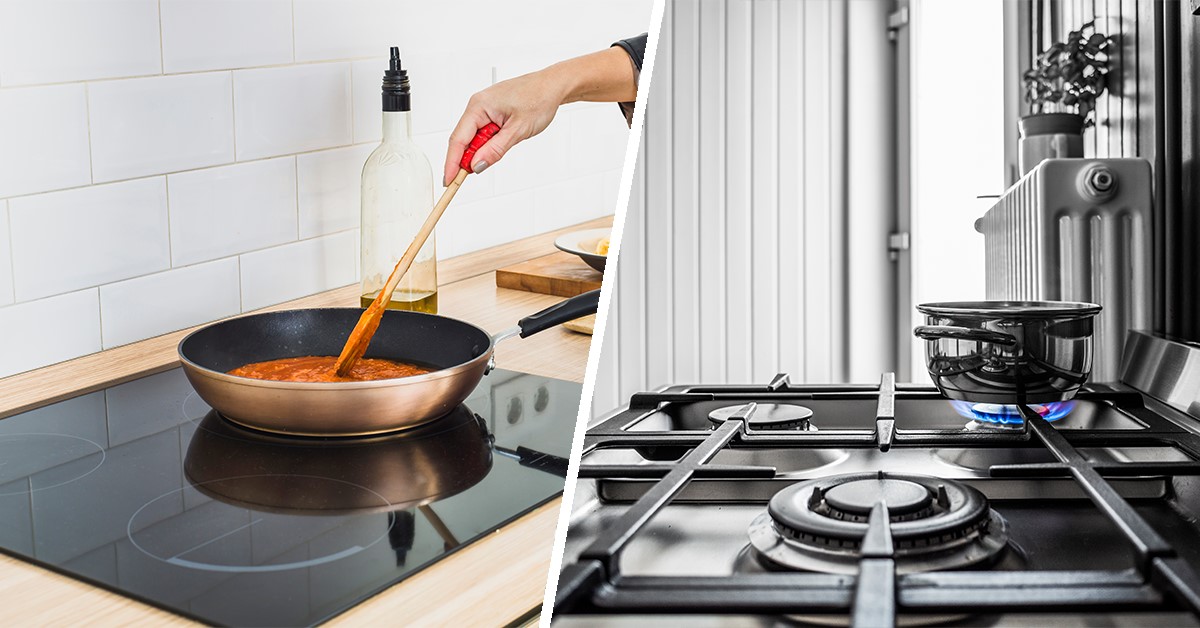
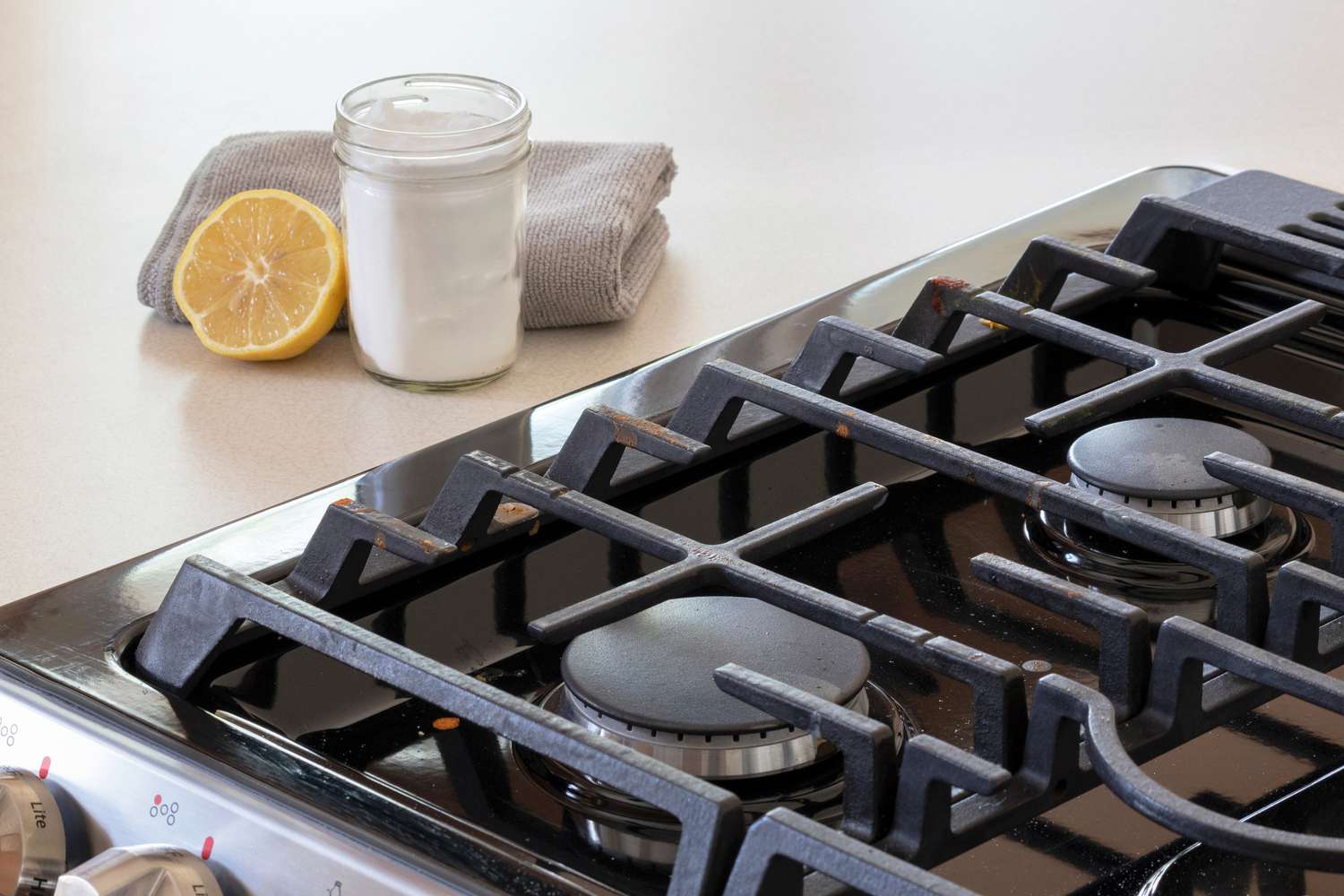
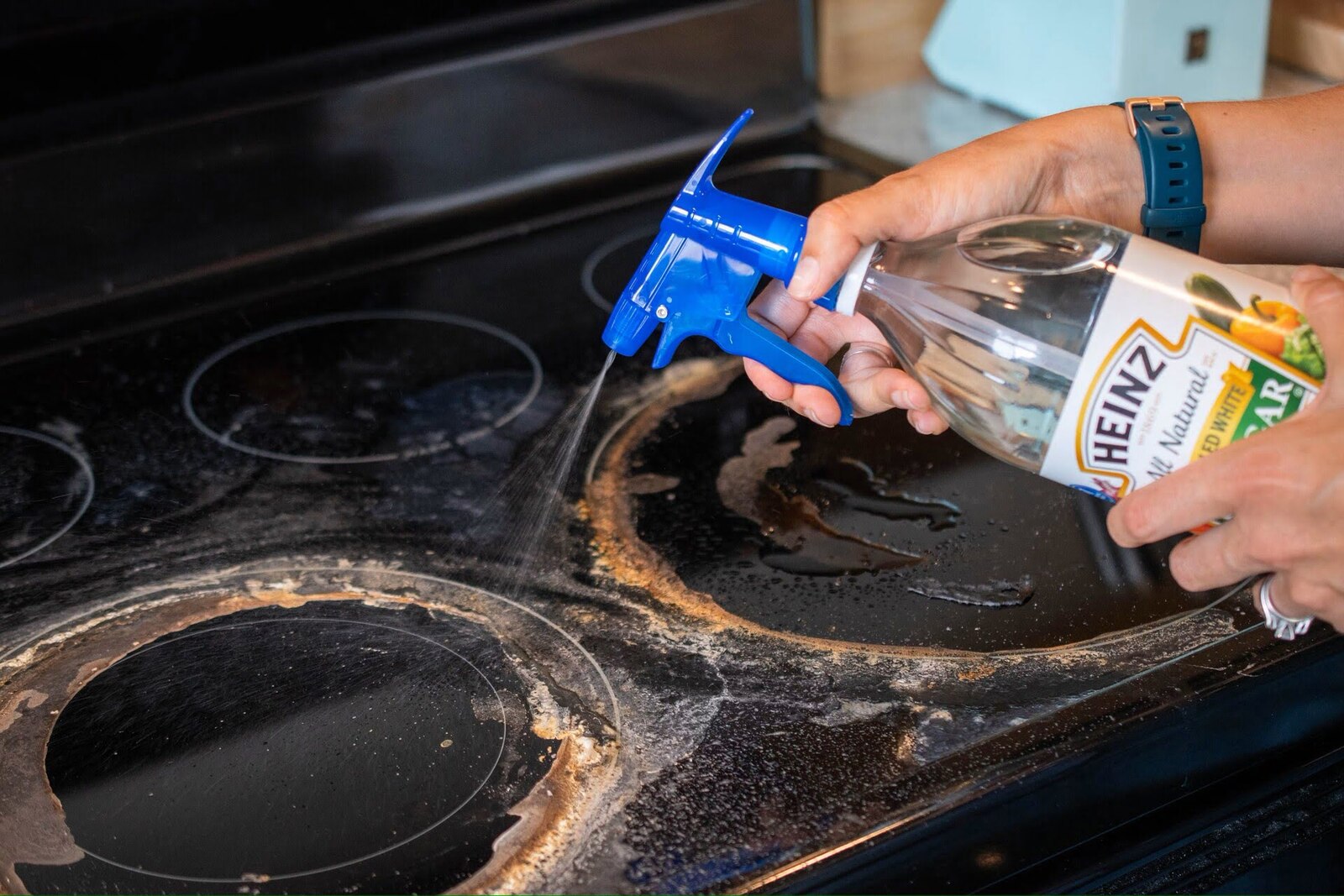
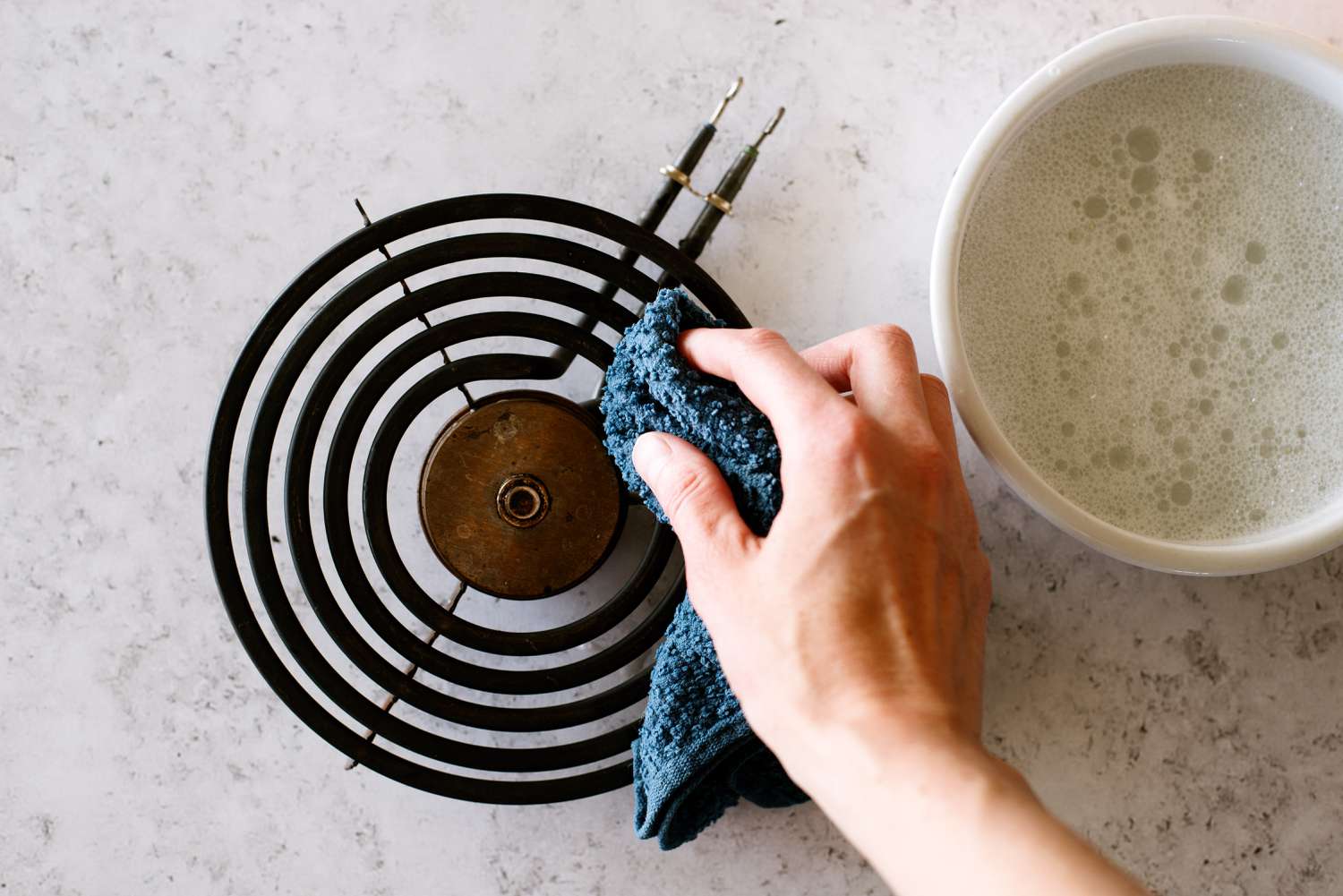
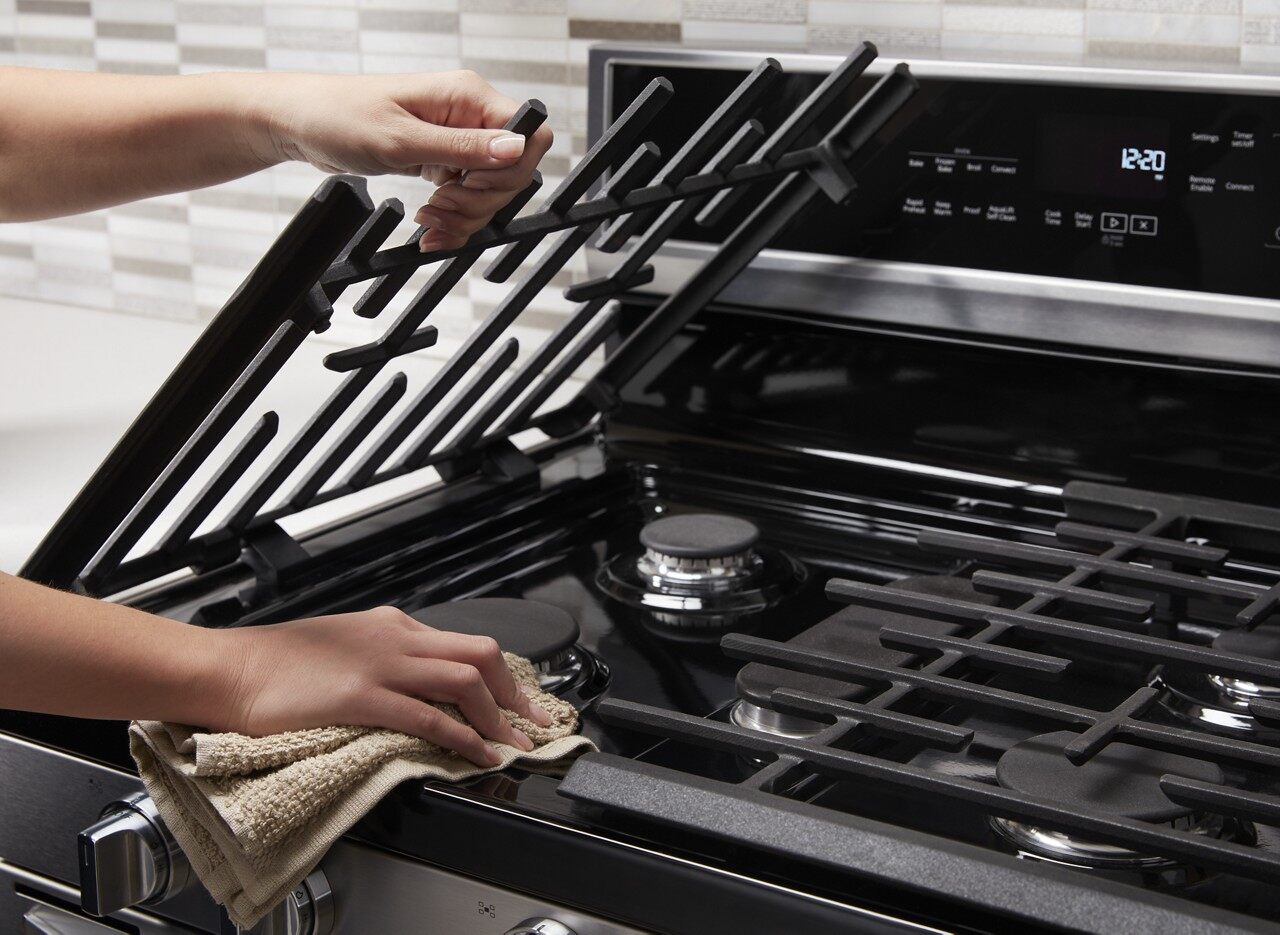
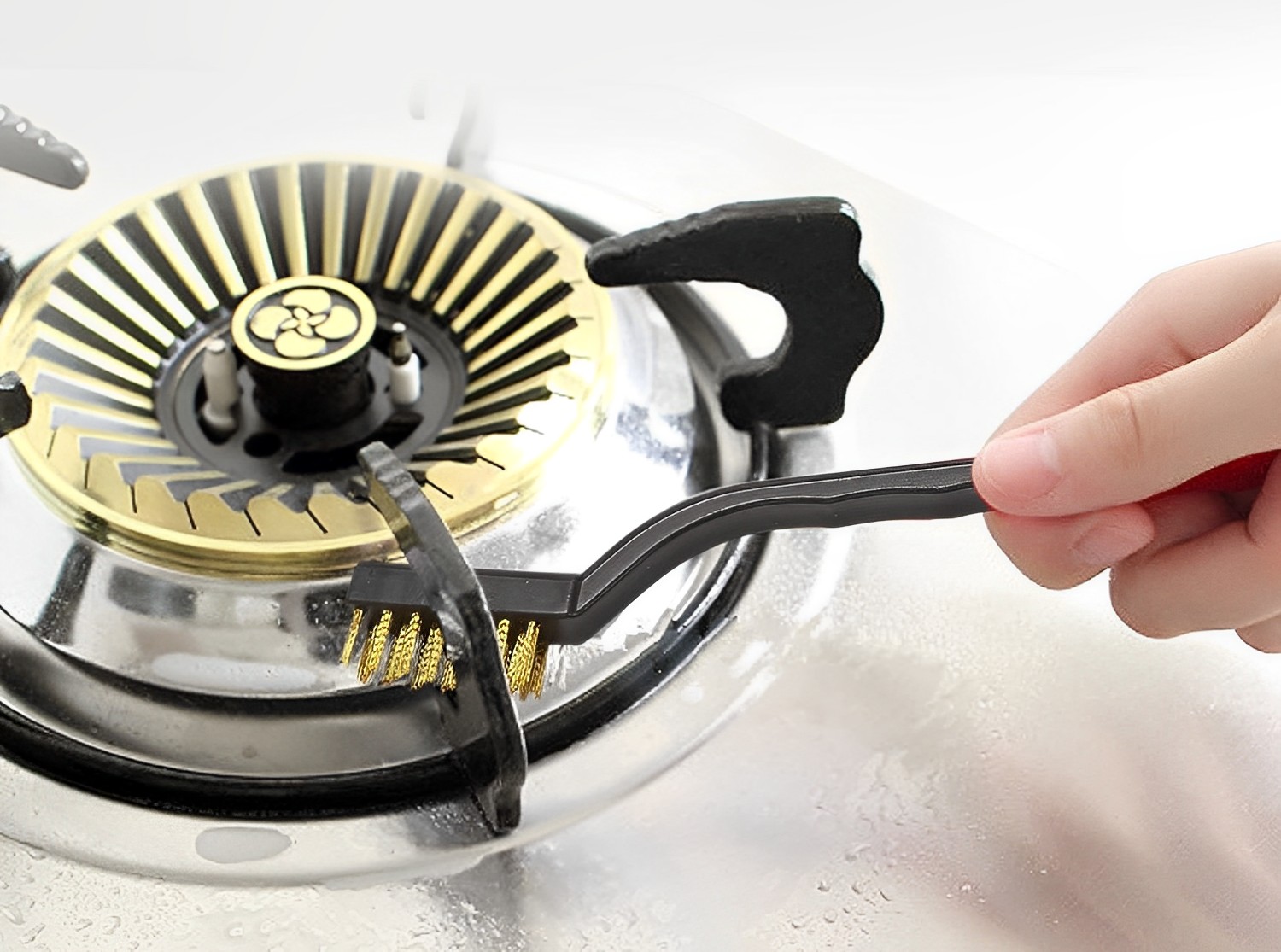
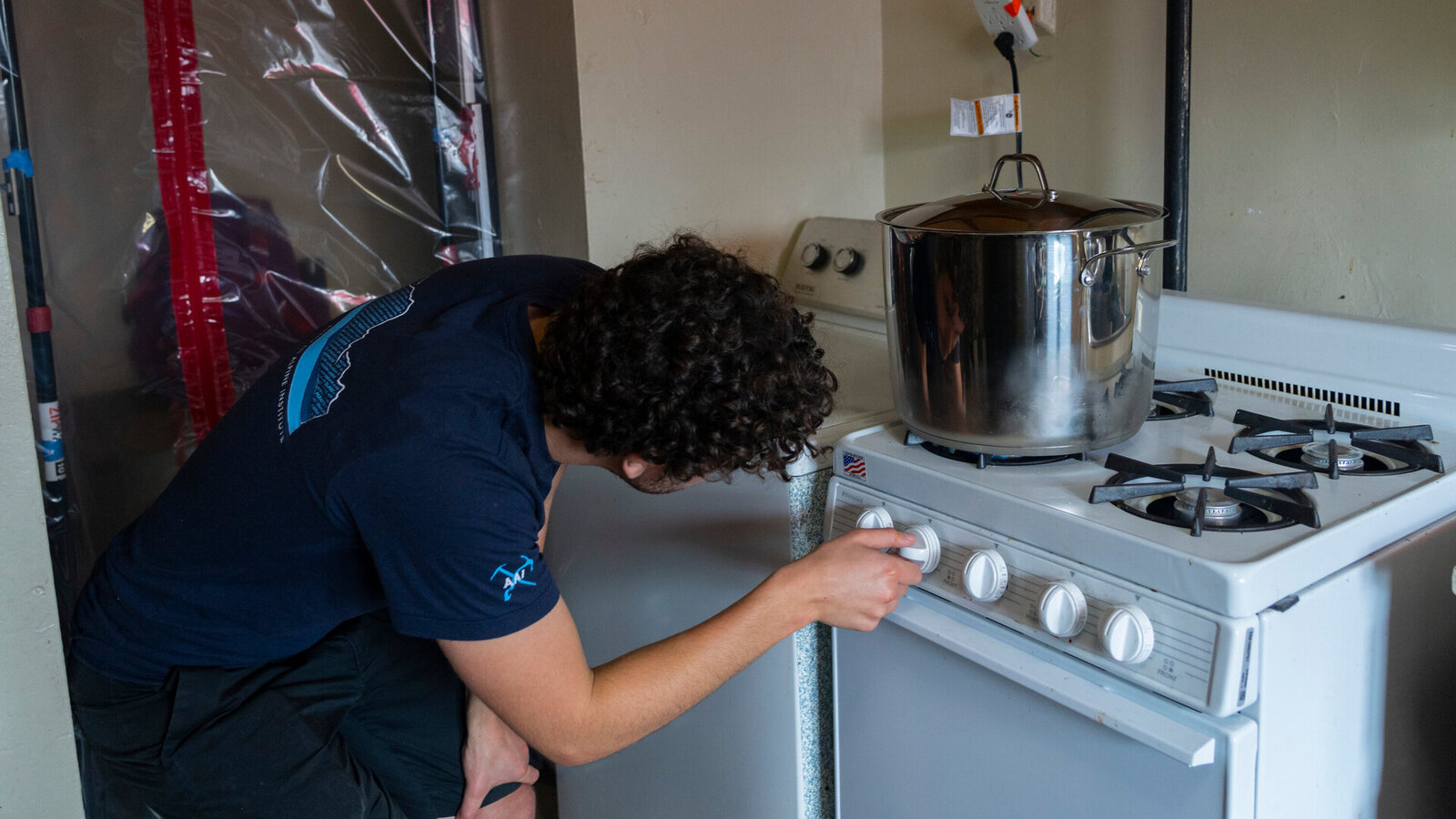
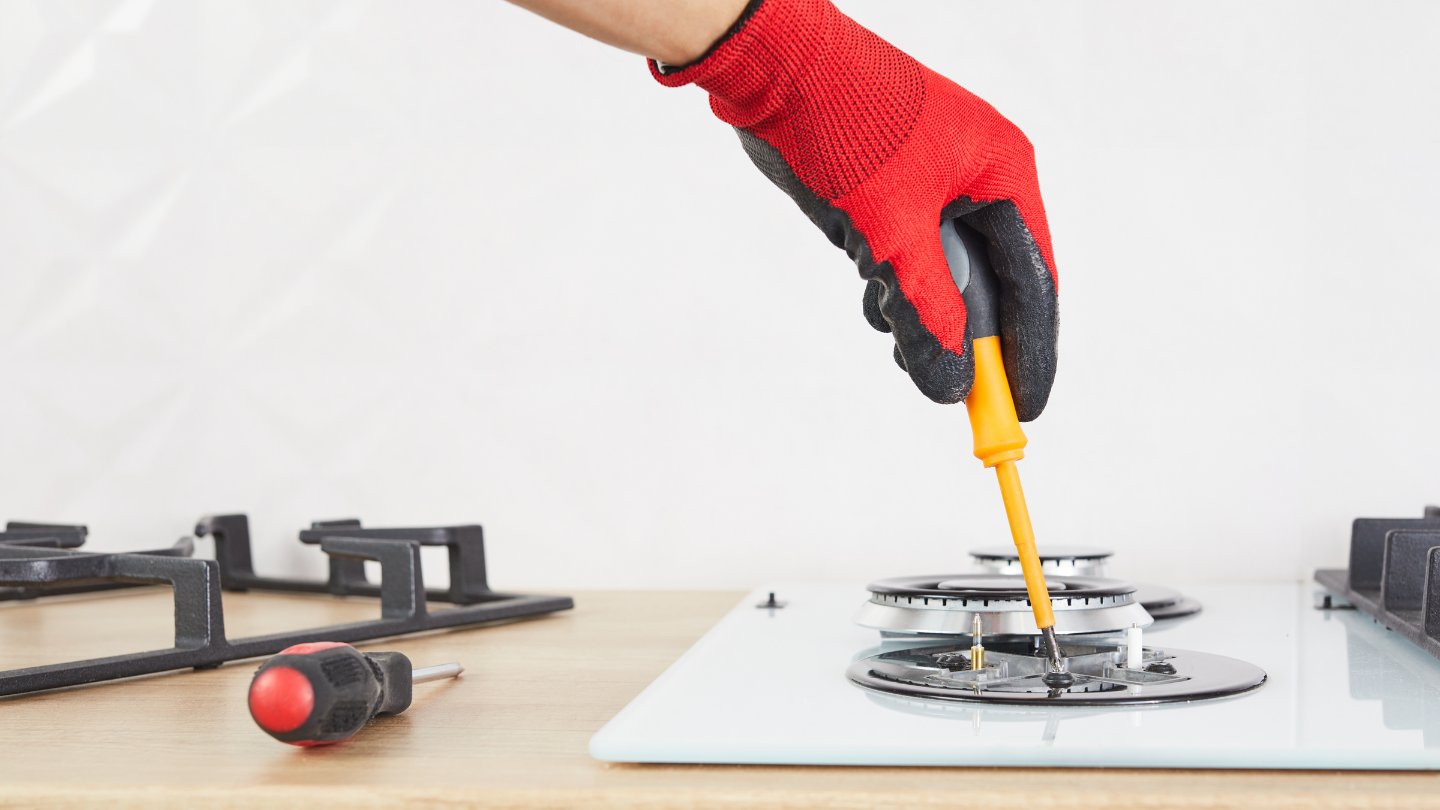
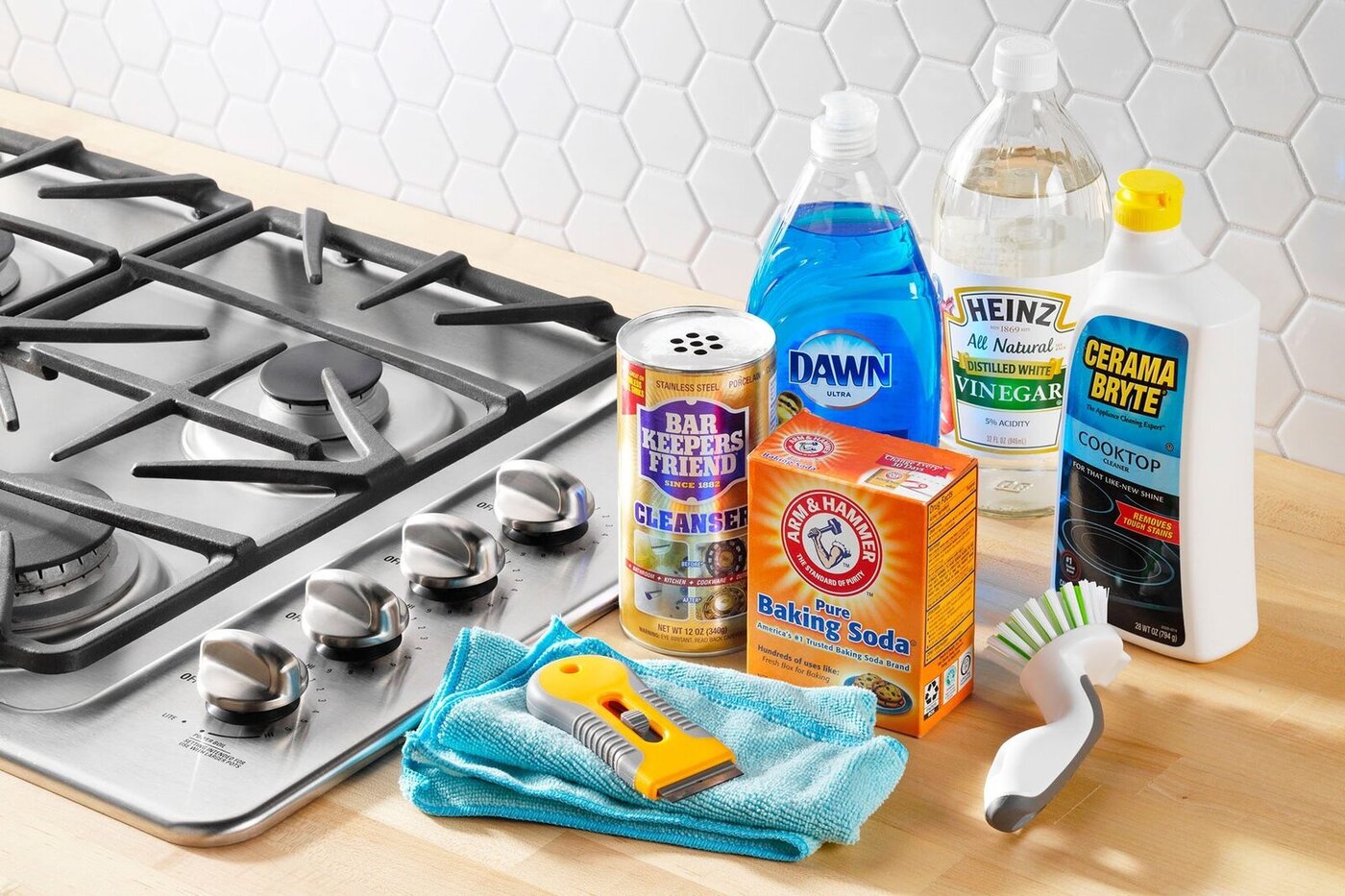
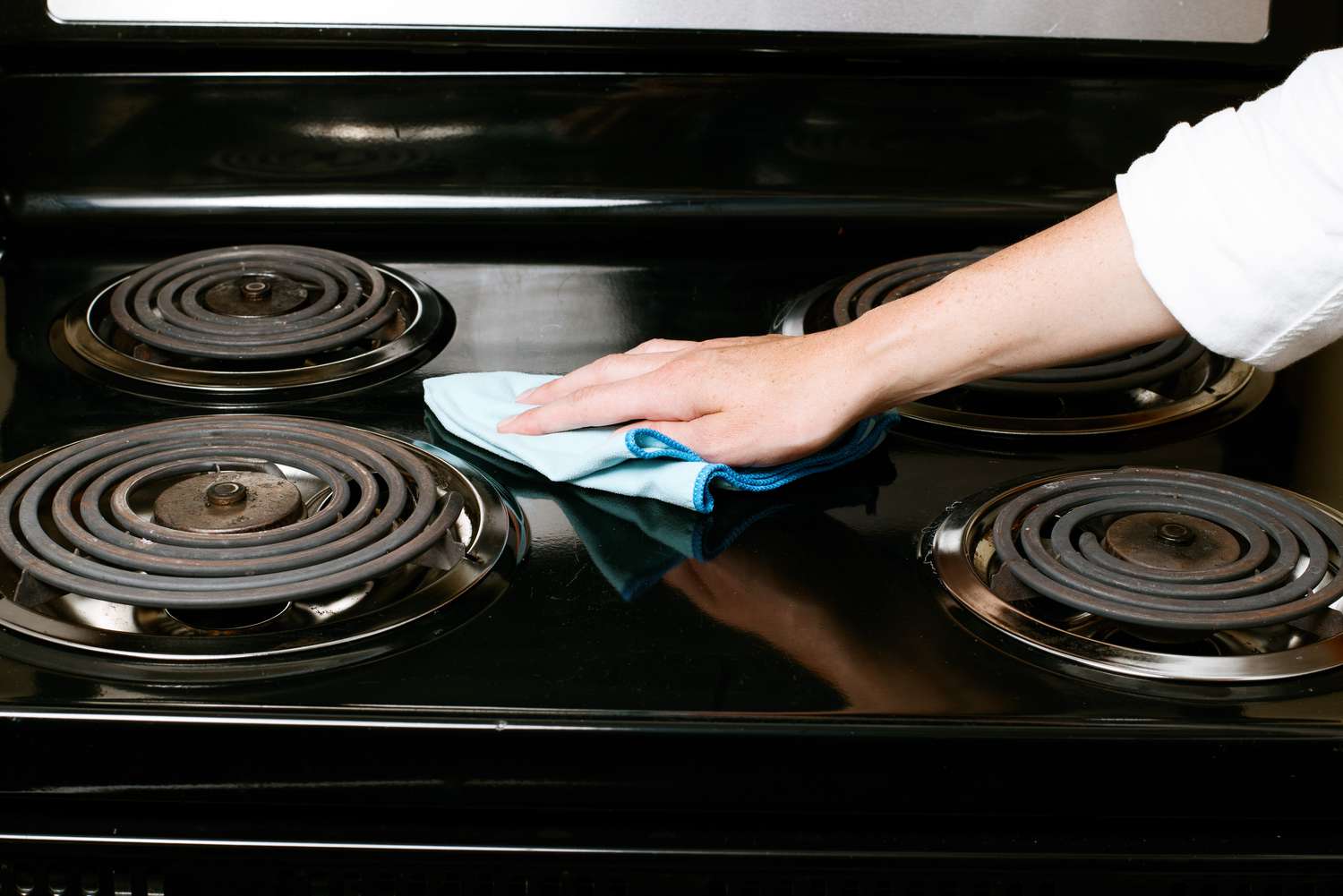
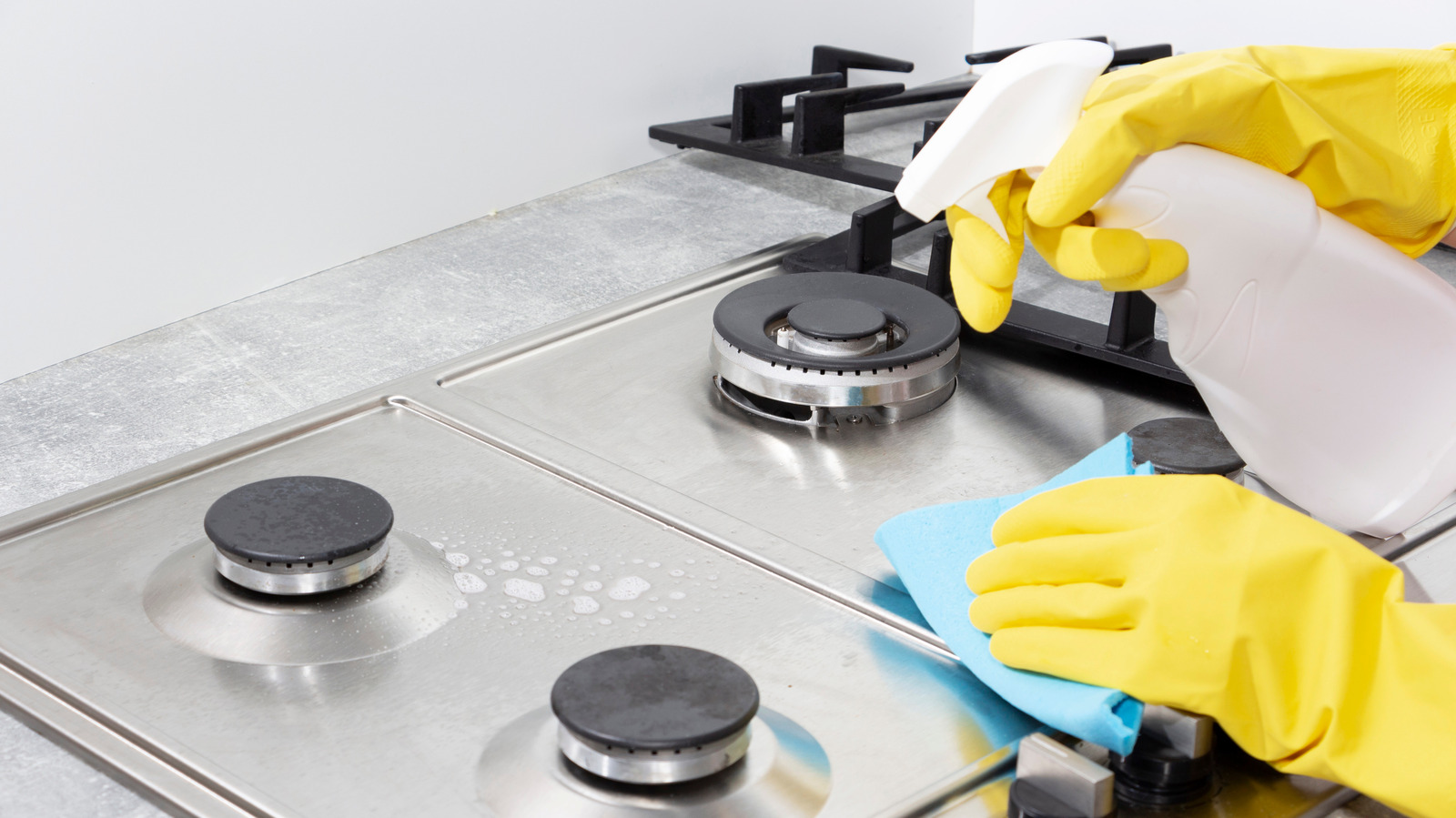
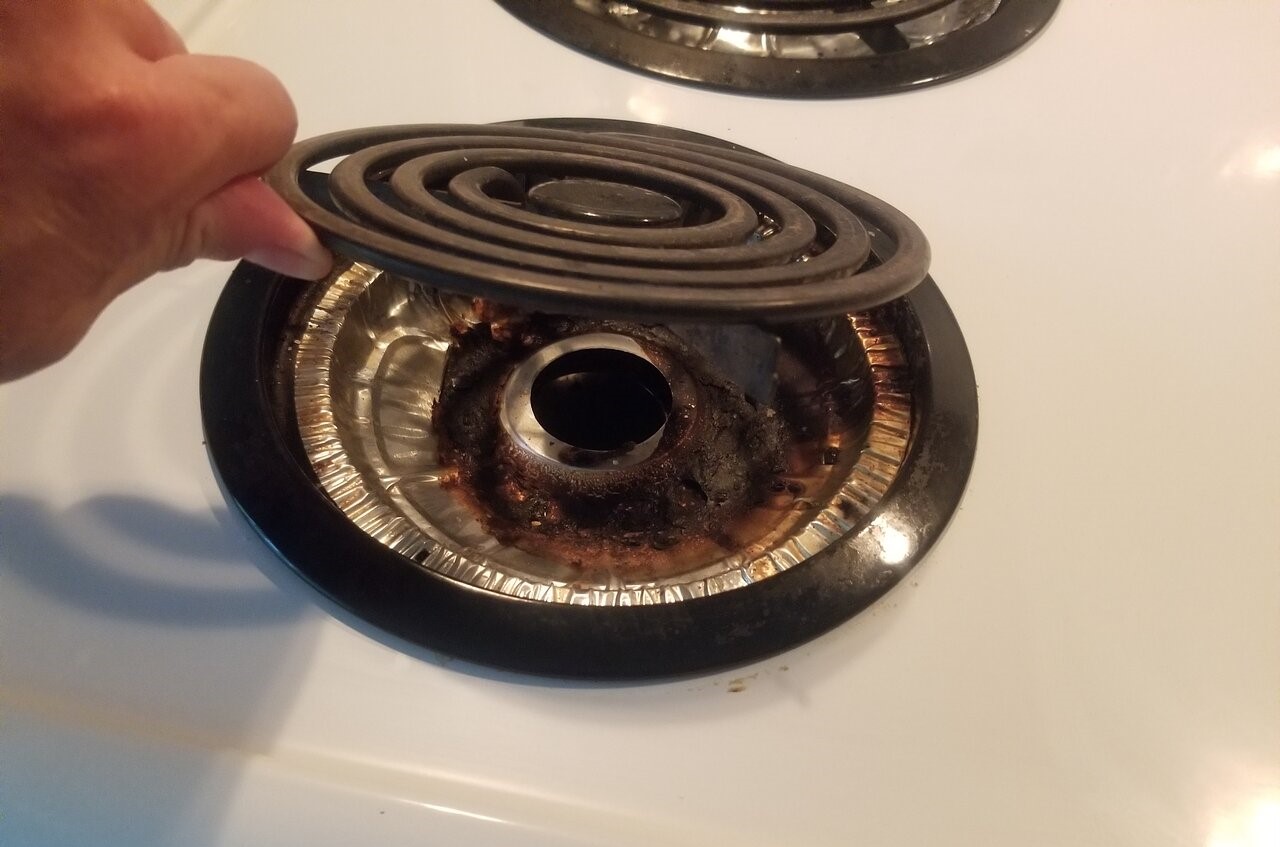
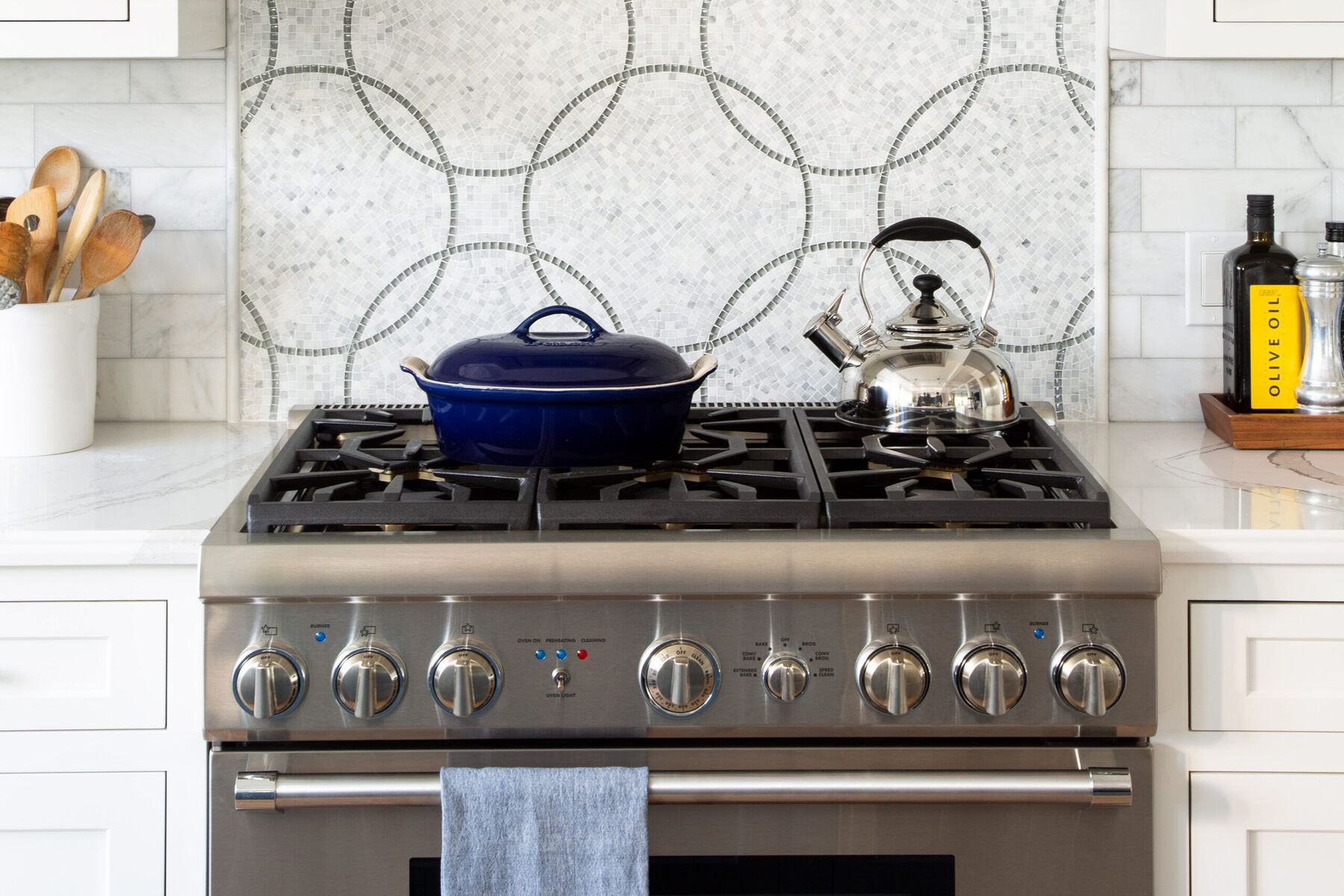
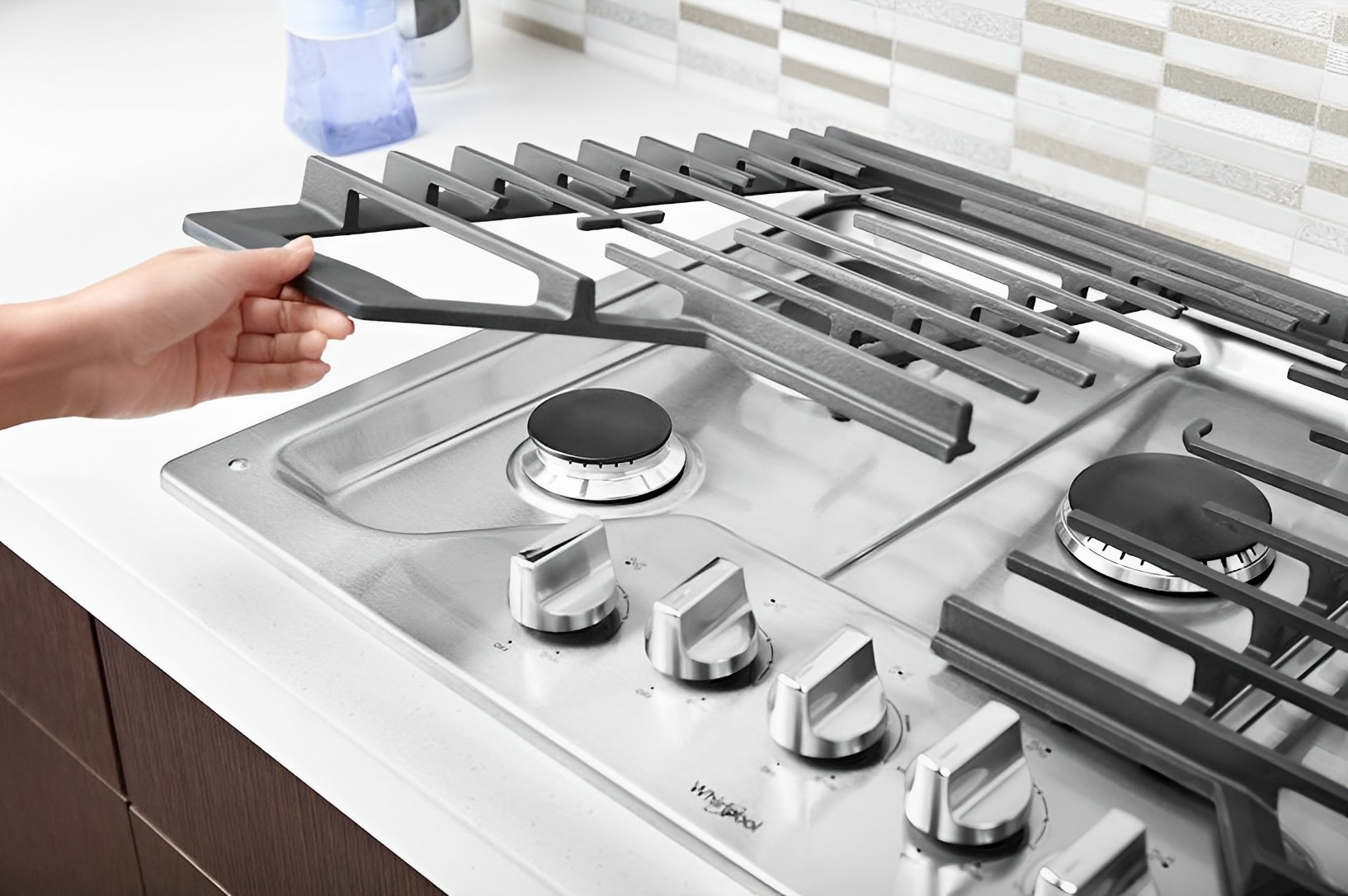

0 thoughts on “How Hot Are Stove Burners”